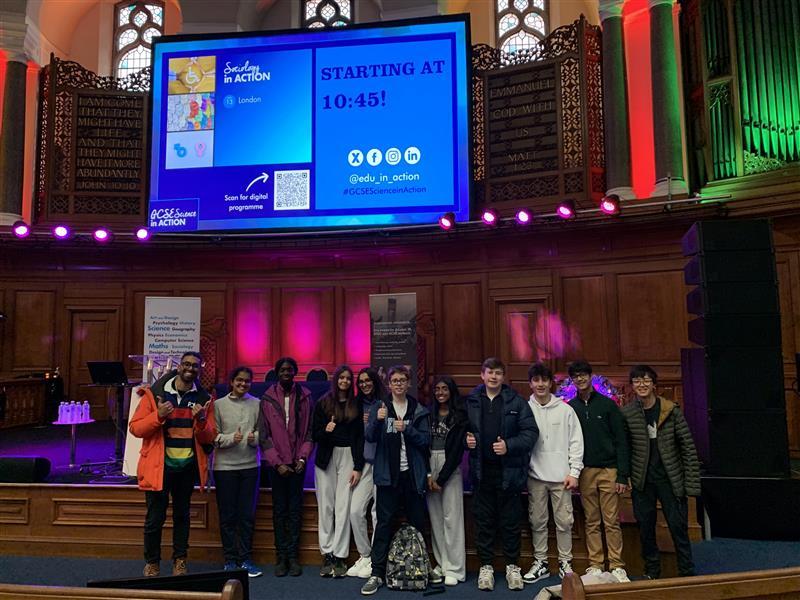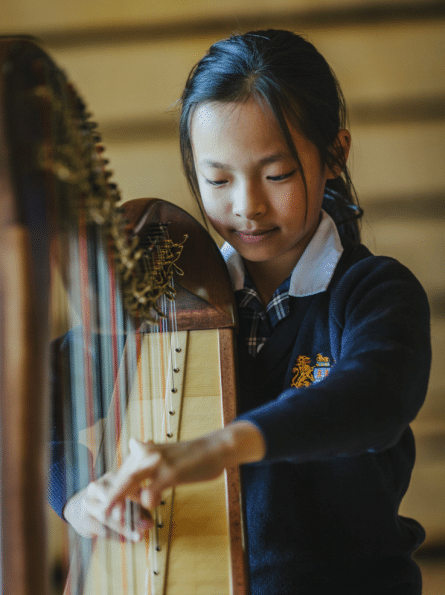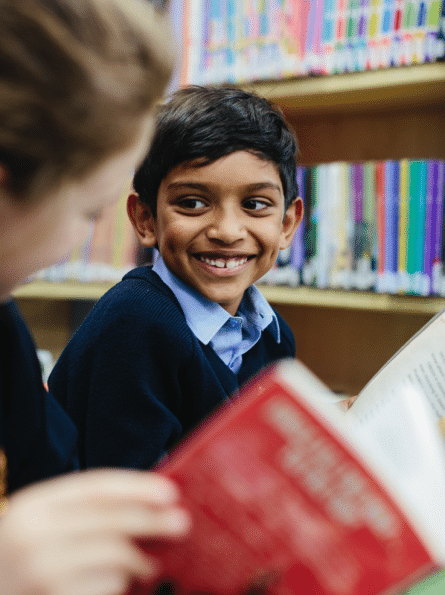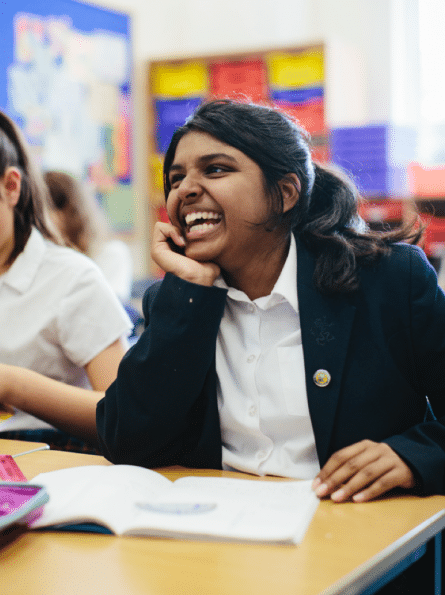Mr. Ceeraz Shares Exam Insights at Education in Action
Education in Action - GCSE Science Trip
By Thihansa (Fifth)
On Monday 24th November, students from the U4th attended the Education in Action- GCSE Science event at the Emmanuel Centre in London, where we were given interesting talks from teachers, scientists and doctors ranging from helioseismology to the foundations of organic chemistry.
We set off from school at 8:00am, taking the minibus to Loughton Station before catching the train to St James’ Park. After a short walk, we arrived at the Emmanuel Centre. The Emmanuel Centre is a state-of-the-art centre, which hosts numerous lectures and events from Education in Action throughout the year. Having arrived an hour early, we were lucky enough to get front-row seats, which made the talks even better.
Our first talk was by Dr Tishtrya Mehta, an astrophysicist, who introduced us to helioseismology- the study of earthquakes on the Sun. This refers to the idea that the only way that we can find out about what materials there are in the Sun is to listen to its vibrations, so Dr Mehta played us the sound made by the Sun. She introduced us to ideas like resonance, and linked ideas of waves from Physics to the Solar System.
After a short break, we were then given a talk by Rebecca Nesbit, about her latest book, Tickets for the Ark, and she asked us how we choose which animal to save between honeybees or hair worms. Honeybees themselves have an amazing symbiosis with humans (we take honey from bees, and bees pollinate our plants). The population of honeybees are increasing every year, despite the overall decline in the number of bees. Then, we were introduced to the horse hairworm- a parasite which infects crickets, and despite it seeming quite gross at first, conserving this species could increase the numbers of other species. Fun fact- conservation depends on the appearance of species- and for this very reason, pandas receive the most funding.
The next talk was given by Dr Simon Clark, on how to build an atmosphere from scratch. There are four main steps to do this: firstly, you need to find yourself a planet. Then, you need to get a bunch of gases: e.g. nitrogen, oxygen, carbon dioxide etc. Next, you need a heat source for the atmosphere to flow, like the Sun is for the Earth. And finally, you need to let the air flow according to the pressure. We also learned about the Coreolis Effect, which causes planetary winds to flow to the right and flow to the left in the Southern Hemisphere. If you want to find out more, check out this website recommended by Dr Clark: earth :: a global map of wind, weather, and ocean conditions (nullschool.net).
After our 1 hour lunchbreak was the best session of the day by Mr Ceeraz himself, on revision! Mr Ceeraz gave us some tips for revision, such as making sure to embed questions into your revision, making good use of the specification, remembering the practicals and the importance of retrieval practice. We also had an exercise to practise active revision- we were shown the circuit symbols we need to know for the GCSE and had a set amount of time to memorise all of them before the words would disappear. Everyone found the session really useful in helping us to learn how to revise more effectively.
Next the presenter of the event, Greg Foot, gave us a talk about topics from his own show on Radio 1: Sliced Bread, where he investigates different wonder products. He talked to us about ice baths, toothbrushes and energy drinks. First of all, we were asked whether we think ice baths can improve our sleep. Roughly 50% of us thought that they did, and we were right. Ice baths cause you to shiver from the cold, which uses deep skeletal muscle that are usually relaxed. This tires us out and helps us get to sleep more at night. We also looked at toothbrushes, and, whilst a large proportion of us use electric toothbrushes, surprisingly manual toothbrushes can be equally effective, and with regards to oscillating or vibrating electric toothbrushes, there isn’t much difference between them.
The last session of the day was on the Colourful Creation of Organic Chemistry. Organic chemistry is primarily concerned with carbon. In the 1820s, quinine was the early treatment for malaria. It was incredibly important for preventing the malaria parasite from borrowing into red blood cells so it was incredibly sought after by the French and the Spanish. We also looked at different scientists, such as Friedrich Wöhler, who discovered isomers, which are compounds with the same molecular formula but different structures. It was also really interactive because we used beach balls to demonstrate how the wavelength of light absorbed is dependent on the structural formulae of compounds.
This was a great experience for us to expand our knowledge and explore aspects of science which we had never considered before. We are very grateful to Mr Ceeraz and Ms. Chana for the opportunity.






